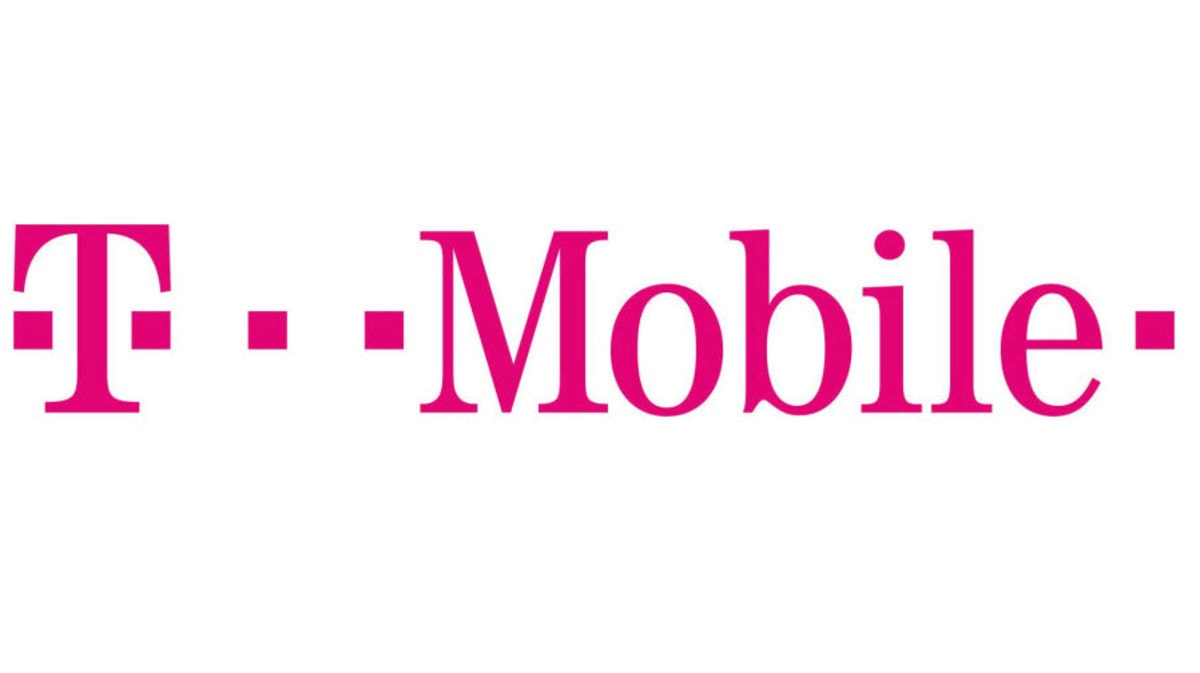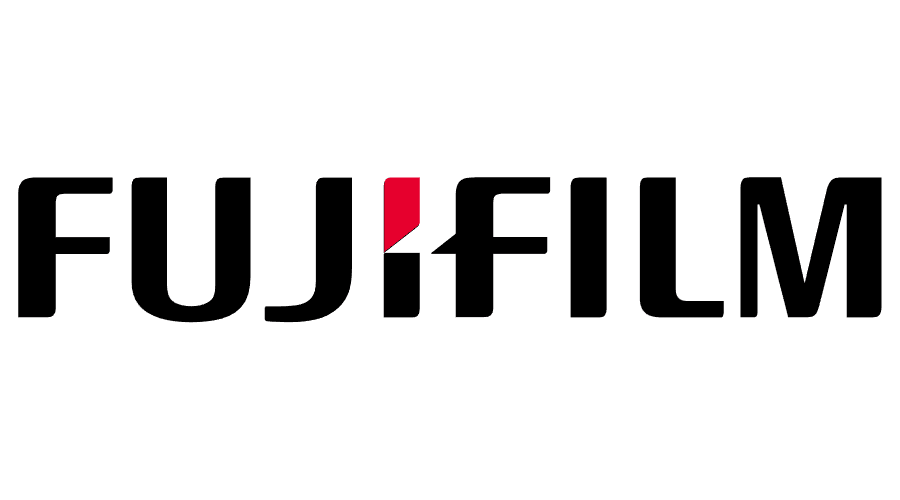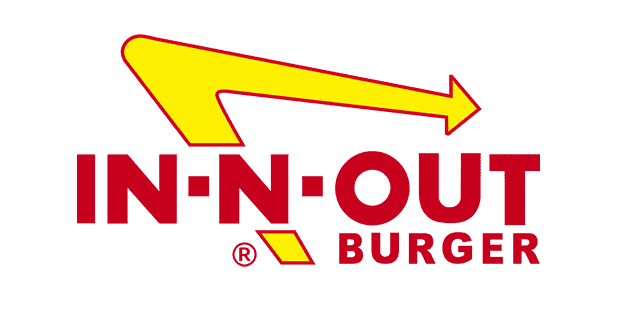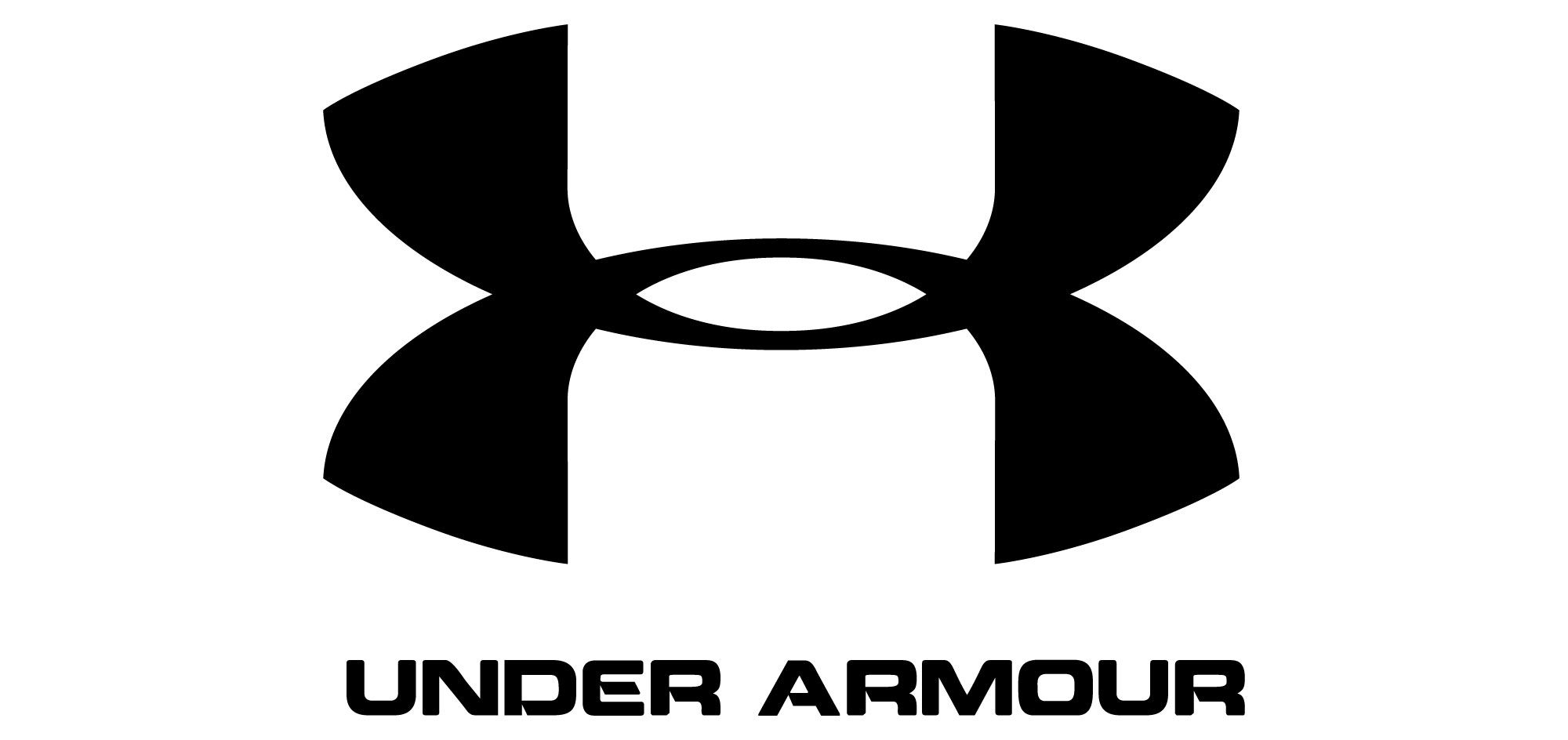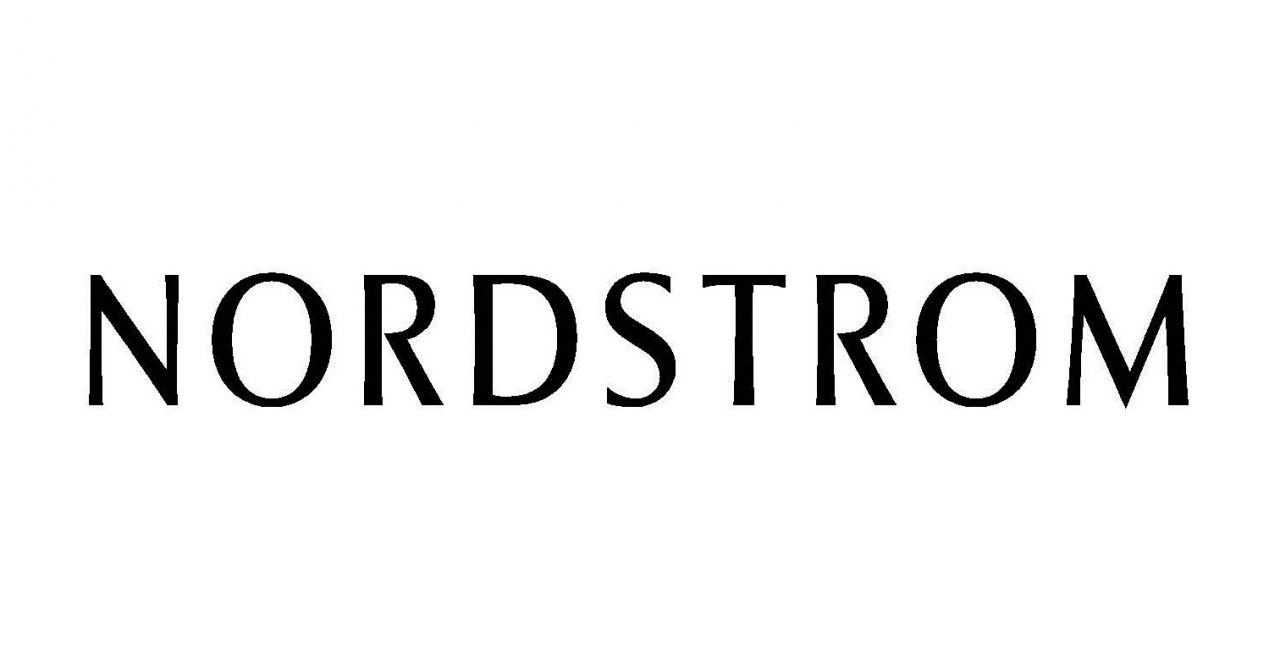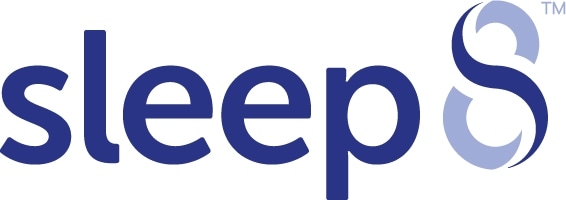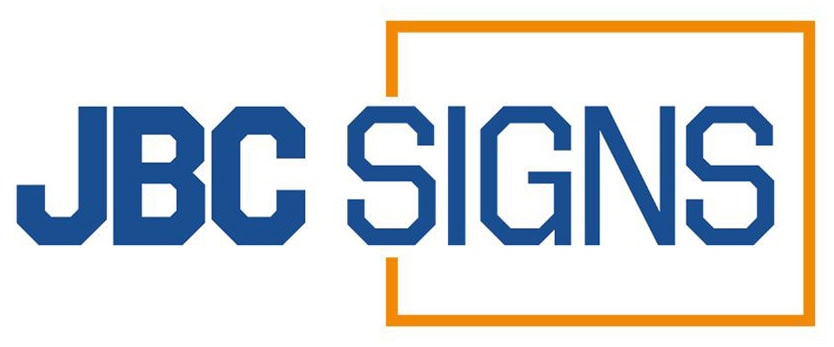Key Takeaways
- Durability Matters
Thicker sign holders withstand frequent handling and environmental wear. They are ideal for high-traffic areas where durability is key. A sturdy material reduces breakage and extends lifespan. - Thicker Materials Improve Stability
A thicker base provides better support, preventing tipping or shifting. This is important for freestanding displays in busy locations. A stable sign holder keeps promotional materials secure. - Enhances Professional Appearance
Thicker materials give sign holders a sleek, high-end look. A polished, substantial frame enhances perceived brand quality. Customers associate sturdier displays with professionalism. - Balancing Cost and Longevity
While thicker materials cost more upfront, they last longer and require fewer replacements. Investing in durable sign holders saves money over time. Choosing the right thickness ensures cost-effectiveness. - Match Thickness to Intended Use
Lighter materials work for temporary displays, while thicker holders suit permanent setups. Assess environmental factors like wind or handling frequency. Choosing the right thickness prevents unnecessary damage.
Display Signage: Thickness Of Materials For Sign Holders
A variety of factors can affect the cost of retail signage for your store. The type of sign holders you purchase, the design and print quality of your display signage, and even the material you select for your sign holders.
One factor that plays a role in determining how much your signage will cost of the thickness and type of material you choose for your signage holders. Thicker sign holders are more expensive than thin sign holders, creating an additional cost for your retail business.
Is this cost worth it? Does material thickness really matter? The material thickness you choose for your retail signage actually has more of an impact than you might think, especially if you’re buying signage for use in high-traffic areas of your store.
Material thickness and quality
As a general rule, the thicker the material you choose for your retail sign holders, the higher the quality will be. Thicker materials are more solid and durable than thin sign holders, giving each sign more weight and a greater ability to withstand bumps, scratches and falls.
When you choose a sign holder with relatively thick material -- for example, 3/16” instead of a thinner 0.080” thickness -- you get a sign that’s less likely to crack, break or suffer damage as it’s used in your store.
Material thickness and price
Material thickness has a moderate impact on the price of any display, from a brochure holder to an ad frame or sign holder. In general, spending extra money on a thicker material gives higher quality and durability with only a small impact on overall pricing.
For most products, we recommend 0.080” as a standard thickness, since it provides a great mix of pricing and quality. In some cases, choosing a higher thickness is ideal for improved durability and glue bonding.
What thicknesses are available?
Most products are available in a variety of thickness options. The standard thickness is 0.080” -- a general thickness that offers a good mix of value for money and durability. Other options for ad frames and sign holders include 0.098”, ⅛” and 3/16”.
Is a greater thickness worth it?
Thicker materials have several advantages. Since they’re thicker, they’re less likely to flex when force is applied to them, resulting in a more durable sign holder. Items manufactured using thick acrylic are also more rigid, resulting in a reduced likelihood of damage if they are dropped.
This is important for some items, such as brochure or book card holders, which are frequently touched and used by customers. The more frequently customers come into contact with a sign holder or ad frame, the more important durability becomes as a quality factor.
Thickness is also an important factor for products that require gluing. We recommend that you choose at least 0.098” thick material for products that are partially glued together, as it results in a stronger bond than the thinner 0.080” material.
Which material thickness is best for you?
Each thickness has its own advantages and disadvantages. Sign holders and ad frames made using thin acrylic are less expensive to manufacture, helping you save money when purchasing in bulk for your retail store or business.
Thicker materials are stronger and less likely to flex under pressure, but come with a moderate increase in cost. This improved strength makes them a better option for in-store displays which are placed close to or around customers.
Ultimately, the best choice for your business depends on your needs. If value for money is your top priority, you’ll find a lot to like in .080” and .098” materials. If strength and durability are your top priorities, you’ll likely get better results from ⅛” or 3/16” styrene or acrylic.
FAQs
- Why does material thickness matter in sign holders?
Thicker materials provide better durability, stability, and longevity. They resist breakage and wear, making them suitable for long-term use. Thinner holders work best for temporary applications. - How does thickness impact stability?
A thicker base prevents tipping, keeping the sign in place. This is essential for freestanding displays in high-traffic areas. More stability means fewer disruptions and a cleaner presentation. - Do thicker sign holders look better?
Yes, they create a premium, professional appearance. Customers associate sturdy, polished displays with high-quality brands. A well-structured holder enhances the overall presentation. - Are thicker sign holders worth the cost?
The higher upfront cost is offset by long-term savings. Thicker holders last longer and need fewer replacements. They provide better value for businesses with frequent display use. - What thickness is best for different uses?
Thin sign holders (1/16") are ideal for temporary displays. Medium thickness (1/8") works well for general use. Thicker options (1/4") are best for long-term, high-traffic setups.






